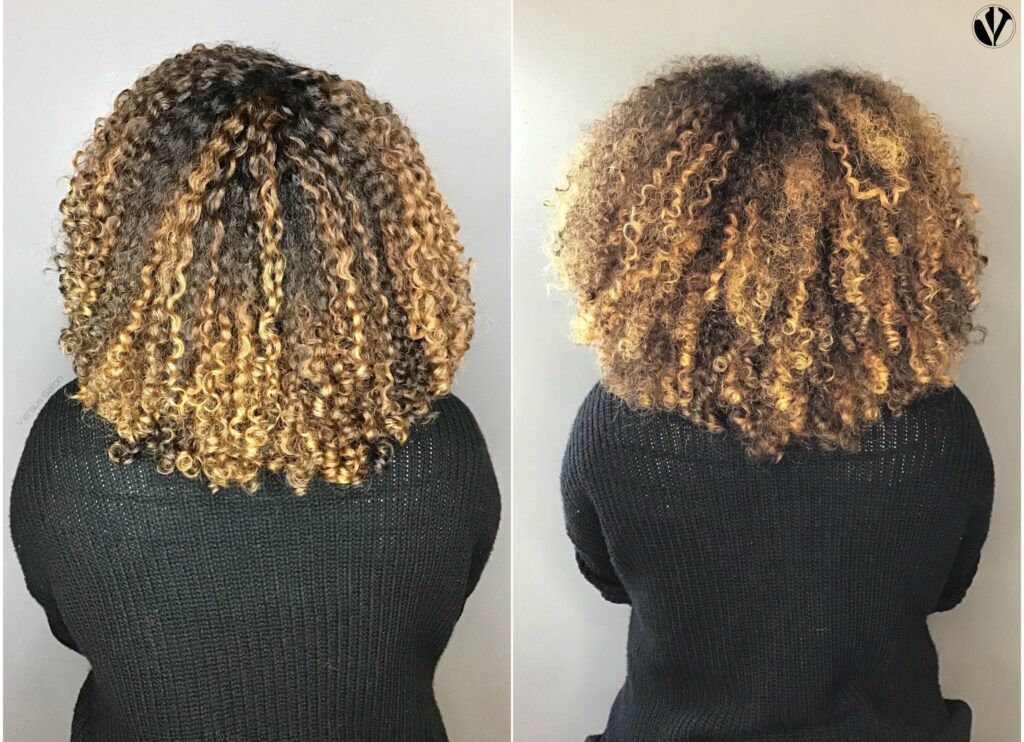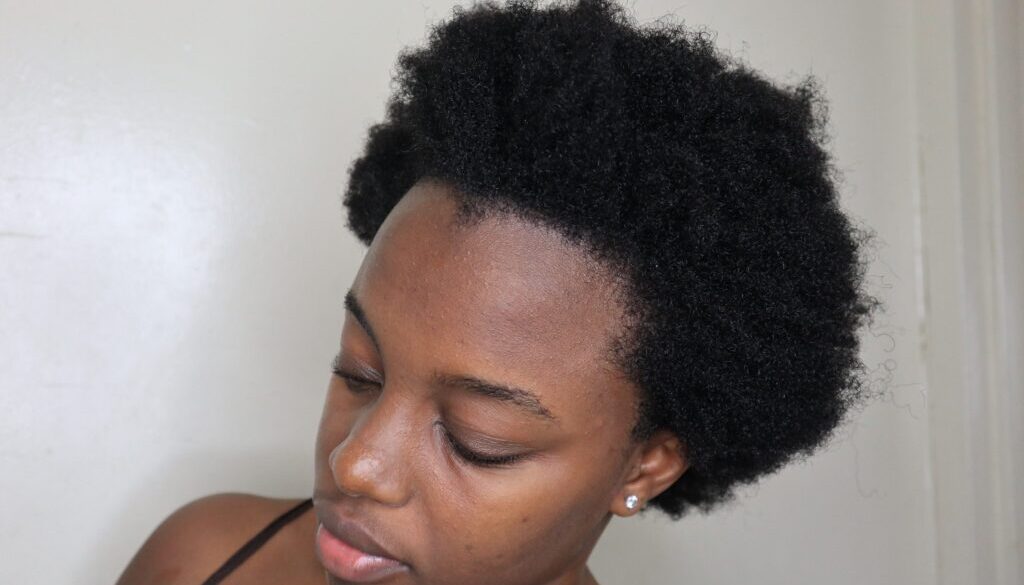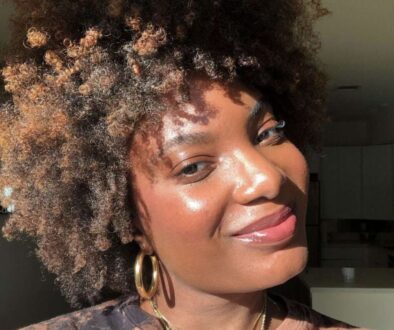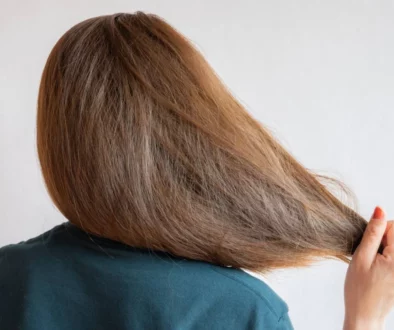Low Porosity Hair: Characteristics and Care Tips
Low porosity hair is a common hair type that comes with its own set of challenges and characteristics. Understanding how to care for low porosity hair is crucial in maintaining healthy and beautiful locks. In this article, we will explore the characteristics of low porosity hair and provide essential care tips for managing this hair type effectively.
Characteristics of Low Porosity Hair
Low porosity hair is a hair type that has tightly closed cuticles, making it difficult for moisture to penetrate the hair shaft. This type of hair repels water and products, leading to a lack of hydration.
Low porosity hair refers to hair that has difficulty absorbing moisture due to its tightly packed cuticles. The cuticles lay flat and close to the hair shaft, making it challenging for water or products to enter.
Causes of Low Porosity Hair
There are several factors that can contribute to low porosity hair. Genetic factors play a role, as some individuals are born with naturally low porosity hair. Heat damage from styling tools, overuse of products like silicones, and a lack of moisture can also lead to low porosity hair.
Signs of Low Porosity Hair
Signs of low porosity hair include slow absorption of water when washing, products sitting on top of the hair rather than being absorbed, hair feeling dry even after applying moisturizing products, and difficulty in maintaining moisture levels throughout the day.

Understanding the Hair Cuticle
The hair cuticle is the outermost layer of the hair shaft that acts as a protective barrier. It consists of overlapping scales that play a crucial role in determining the hair’s porosity. In low porosity hair, the cuticles are tightly closed, making it difficult for moisture to penetrate the hair shaft.
Importance of Hair Cuticle in Low Porosity Hair
In low porosity hair, the tightly closed cuticles hinder the absorption of moisture, leading to dry and brittle hair. It is important to understand the structure of the hair cuticle to effectively care for and manage low porosity hair.
Ways to Test Hair Porosity
There are several simple methods to determine the porosity of your hair. The water test involves dropping a strand of hair into a glass of water and observing how it behaves. If the hair floats on the surface, it indicates low porosity.
Common Issues Faced by Individuals with Low Porosity Hair
Product Build-Up
Due to the closed cuticles, low porosity hair is prone to product build-up. The products may sit on top of the hair shaft rather than being absorbed, leading to a heavy and greasy feeling. This build-up can weigh down the hair and make it appear dull.
Difficulty in Absorbing Moisture
One of the main challenges of low porosity hair is its inability to absorb moisture effectively. The tightly closed cuticles prevent water and products from penetrating the hair shaft, resulting in dry and dehydrated hair.
Tips for Managing Low Porosity Hair
Managing low porosity hair requires special care and attention to ensure that the hair remains hydrated and healthy. Here are some tips for effectively managing low porosity hair:
Use of Heat
Using heat can help to open up the cuticles of low porosity hair, allowing for better absorption of moisture. Incorporate heat styling tools like a hooded dryer or a steamer into your hair care routine to improve the effectiveness of your products.
Deep Conditioning Treatments
Deep conditioning treatments are essential for hydrating and nourishing low porosity hair. Opt for deep conditioners with ingredients like coconut oil, shea butter, or argan oil to penetrate the hair shaft and provide deep moisture.
Avoiding Heavy Products
Heavy products can weigh down low porosity hair and lead to product build-up. Choose lightweight, water-based products that can be easily absorbed by the hair without leaving residue or greasiness.

Best Practices for Washing and Styling Low Porosity Hair
Maintaining proper washing and styling practices is crucial for managing low porosity hair effectively. Here are some best practices for washing and styling low porosity hair:
Use of Warm Water
Washing low porosity hair with warm water helps to open up the cuticles and facilitate the absorption of products. Avoid using hot water, as it can strip the hair of its natural oils and cause dryness.
Silica Treatment
Silica treatments can help to enhance the hydration and moisture retention of low porosity hair. Incorporate silica-based products or treatments into your hair care routine to improve the health and appearance of your hair.
Avoiding Over-Manipulation
Low porosity hair is delicate and prone to breakage, so it is important to avoid over-manipulating the hair. Limit the use of styling tools and techniques that require excessive pulling or tugging on the hair to prevent damage.
Recommended Products for Low Porosity Hair
Choosing the right products is essential for managing low porosity hair effectively. Here are some recommended products for low porosity hair:
Lightweight Conditioners
Opt for lightweight, water-based conditioners that can be easily absorbed by low porosity hair. Look for products with ingredients like glycerin, aloe vera, or honey to provide hydration without weighing the hair down.
Clarifying Shampoos
Clarifying shampoos help to remove product build-up and residue from low porosity hair. Use a clarifying shampoo once a month to keep your hair clean and prevent buildup that can hinder moisture absorption.
Protein Treatments
Protein treatments help to strengthen the hair shaft and improve elasticity in low porosity hair. Look for protein treatments with ingredients like keratin or hydrolyzed collagen to repair and protect the hair from damage.
Prone to Breakage
Without proper hydration and moisture, low porosity hair is more susceptible to breakage. The lack of elasticity and flexibility in the hair shaft can make it prone to damage and split ends. It is essential to handle low porosity hair carefully to avoid breakage and maintain its health.

FAQs
How do I know if I have low porosity hair?
You can determine your hair porosity by conducting simple tests at home, such as the water test or the slip and slide test.
Can low porosity hair be changed to high porosity hair?
While you cannot change your hair porosity permanently, you can improve the moisture uptake of low porosity hair with proper care and hydration.
What are the best products for low porosity hair?
Lightweight conditioners, clarifying shampoos, and protein treatments are ideal for low porosity hair.
How often should I wash low porosity hair?
It is recommended to wash low porosity hair once or twice a week to prevent product build-up and maintain moisture balance.
Are there any specific hairstyles recommended for low porosity hair?
Protective hairstyles such as braids or twists can help in retaining moisture and reducing breakage in low porosity hair.
Conclusion
In conclusion, low porosity hair requires unique care and attention to keep it healthy and moisturized. By understanding the characteristics of low porosity hair and following the recommended care tips, individuals with this hair type can achieve beautiful and manageable locks. Remember to test your hair porosity regularly and adjust your hair care routine accordingly. Proper hydration, use of the right products, and gentle treatment are key to maintaining healthy low porosity hair.
Also Read:
The Ultimate Guide to Glowing Skin: Tips and Tricks



